Great Star Flag (1818): History of the One-Star Center Design

The Great Star Flag of 1818: Captain Reid's Proposal for the Central Star Arrangement
Captain Reid also suggested that these stars be arranged to form one large star in the center of the Union. This Great Star flag, the first of its kind, was made in New York City by Mrs. S. C. Reid, under the direction of her husband, the designer.
Credit must be given to Mr. Wend for pressing the bill in the House. Still, Captain Samuel C. Reid of the United States Navy suggested reducing the stripes to thirteen, representing the 13 original states of the Union, and adding a star for each new State.
However, the Great Star flag design of one great star in the center of the blue field did not meet with general favor, and the stars were later placed in rows.
As Congress did not designate the form of placing the stars in the Union, the War and Navy Departments of the United States Government agreed in 1912 that they should be placed in parallel lines. (See plate V).

Fifteen Stars and Fifteen Stripes Flag (Plate IV)
This was our national emblem for twenty-three years. (See plate IV). It was carried during the War of 1812 and was the flag that waved over Fort McHenry when Francis Scott Key was inspired to write "The Star-Spangled Banner."
The American Flag
That, from and after the first day of May, one thousand seven hundred and ninety-five, the flag of the United States shall be fifteen stripes, alternate red and white, and that the Union shall be fifteen stars, white in a blue field."
In 1817, after the accession of several new States, it was seen that it would not be practicable to continue adding a new stripe for each new State, therefore, Hon.
Peter Wendover, a member of Congress serving from 1815 to 1821, offered a resolution in the House of Representatives calling for a select committee to inquire into the expediency of altering the flag of the United States so that it would truly represent the Union.
Accordingly, in 1818, Congress passed an Act that settled the general form of our flag.
The act was as follows:
"An Act to establish the flag of the United States. Sec. 1. From and after the 4th of July next, the flag of the United States shall be thirteen horizontal stripes, alternate red and white, and the Union shall have twenty stars, white in a blue field. Sec. 2. Be it further enacted, that on the admission of every new State into the Union, one star be added to the Union of the flag, and that such addition shall take effect on the 4th of July next succeeding such admission."

Twenty Stars and Thirteen Stripes Flag (Plate V)
Source
The History and Significance of the American flag: By Emily Katharine Ide. 1917 – Boston, Massachusetts.



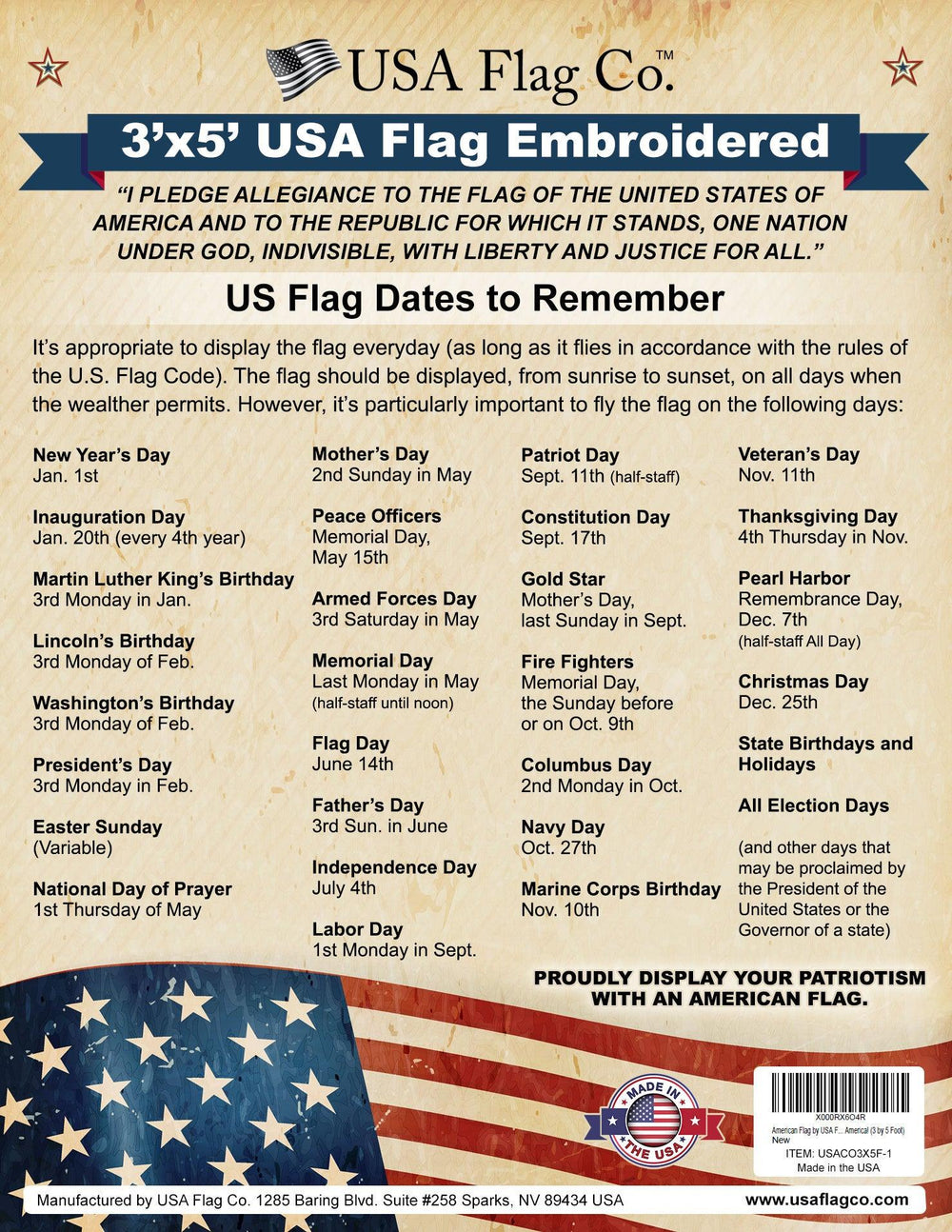

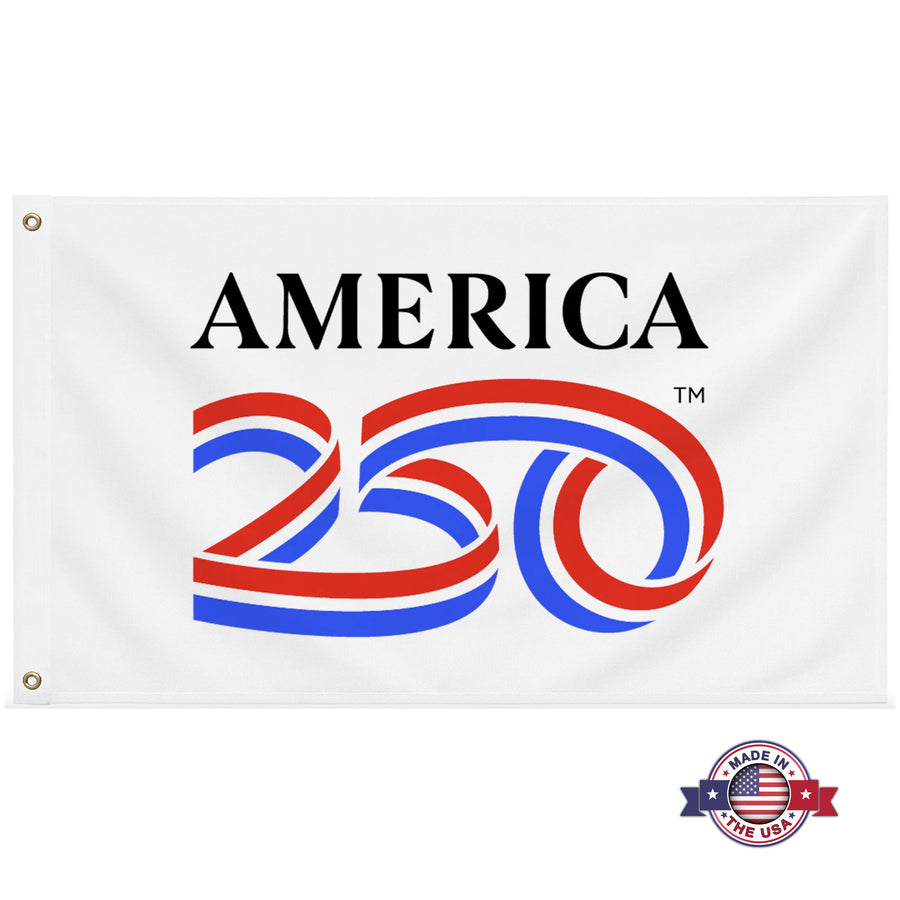



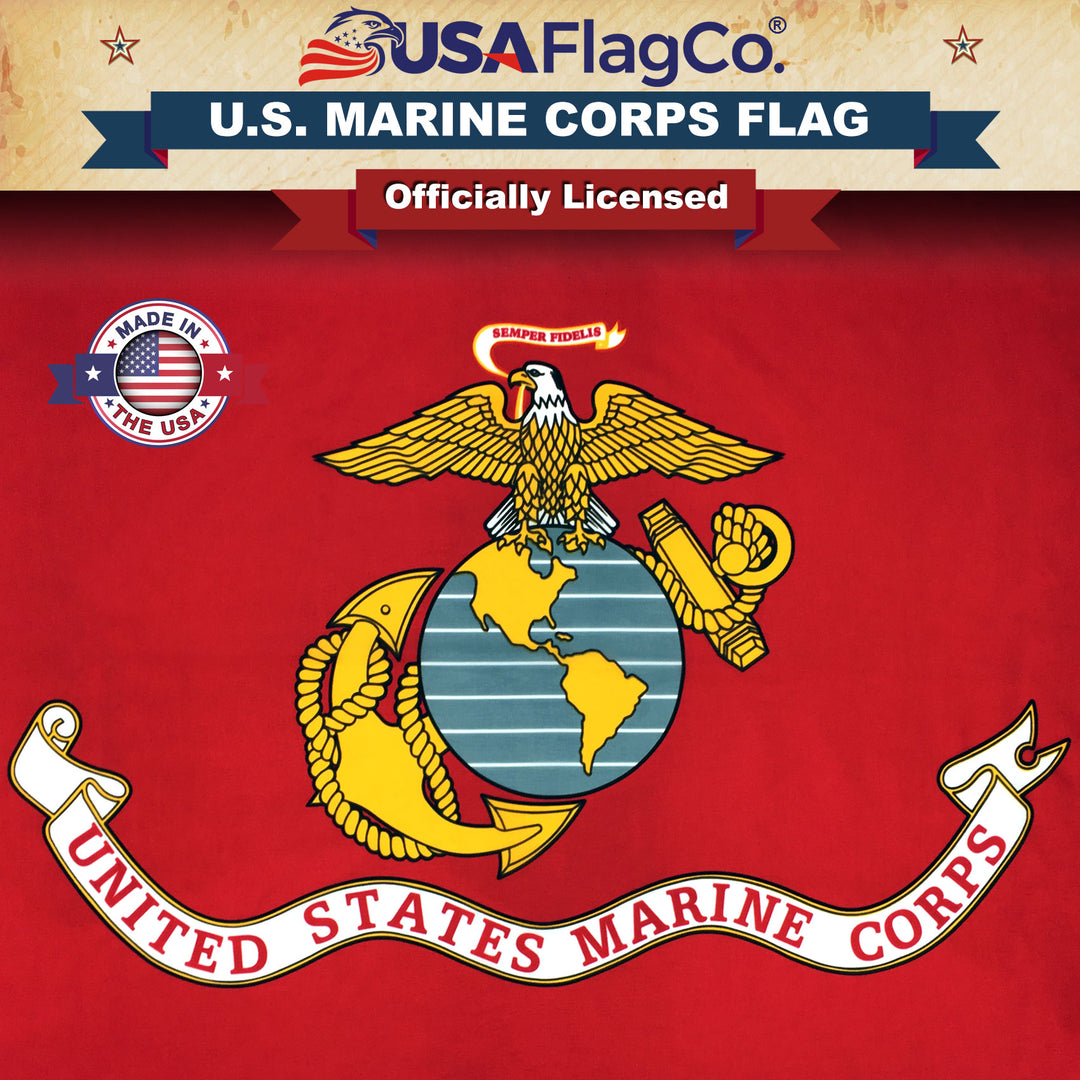
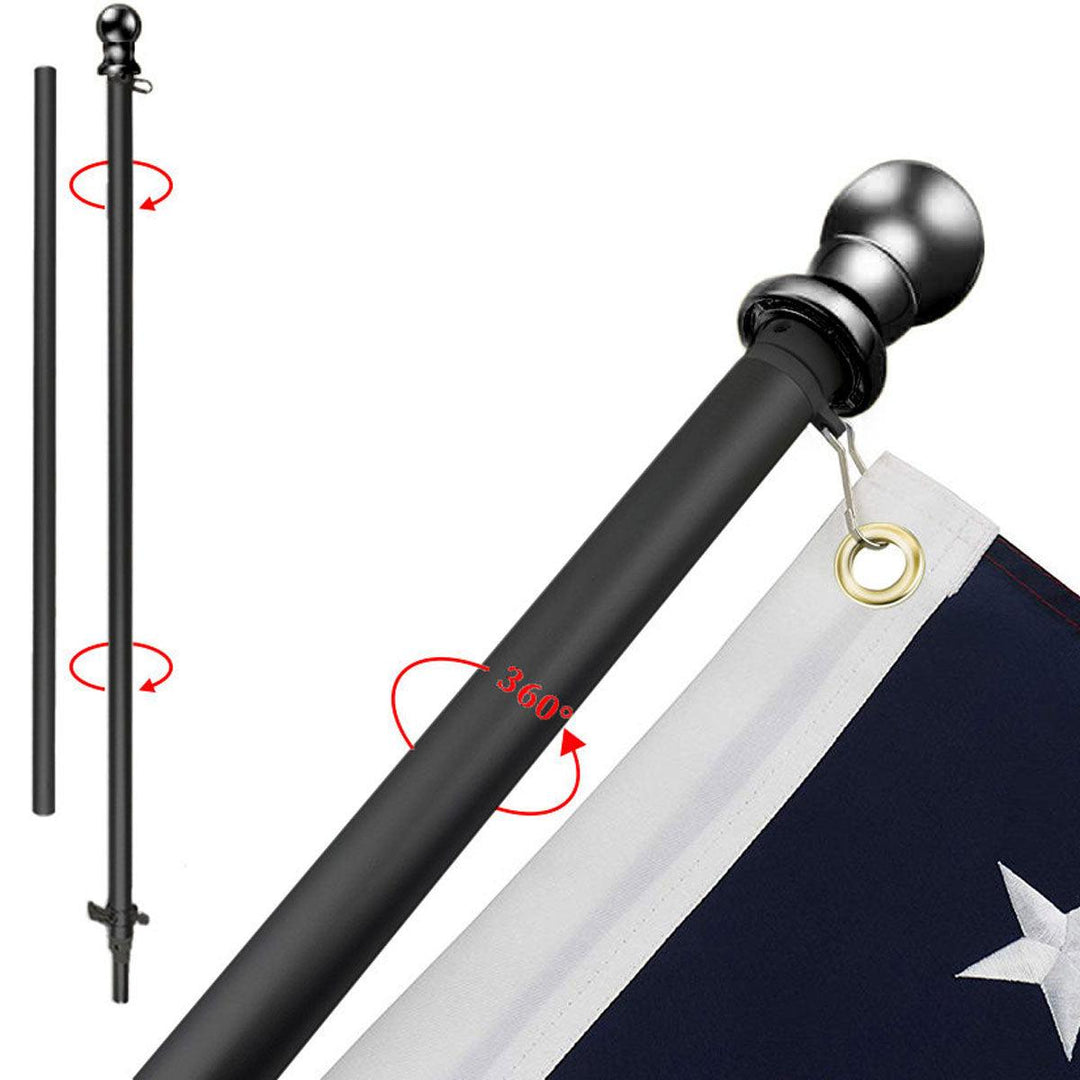

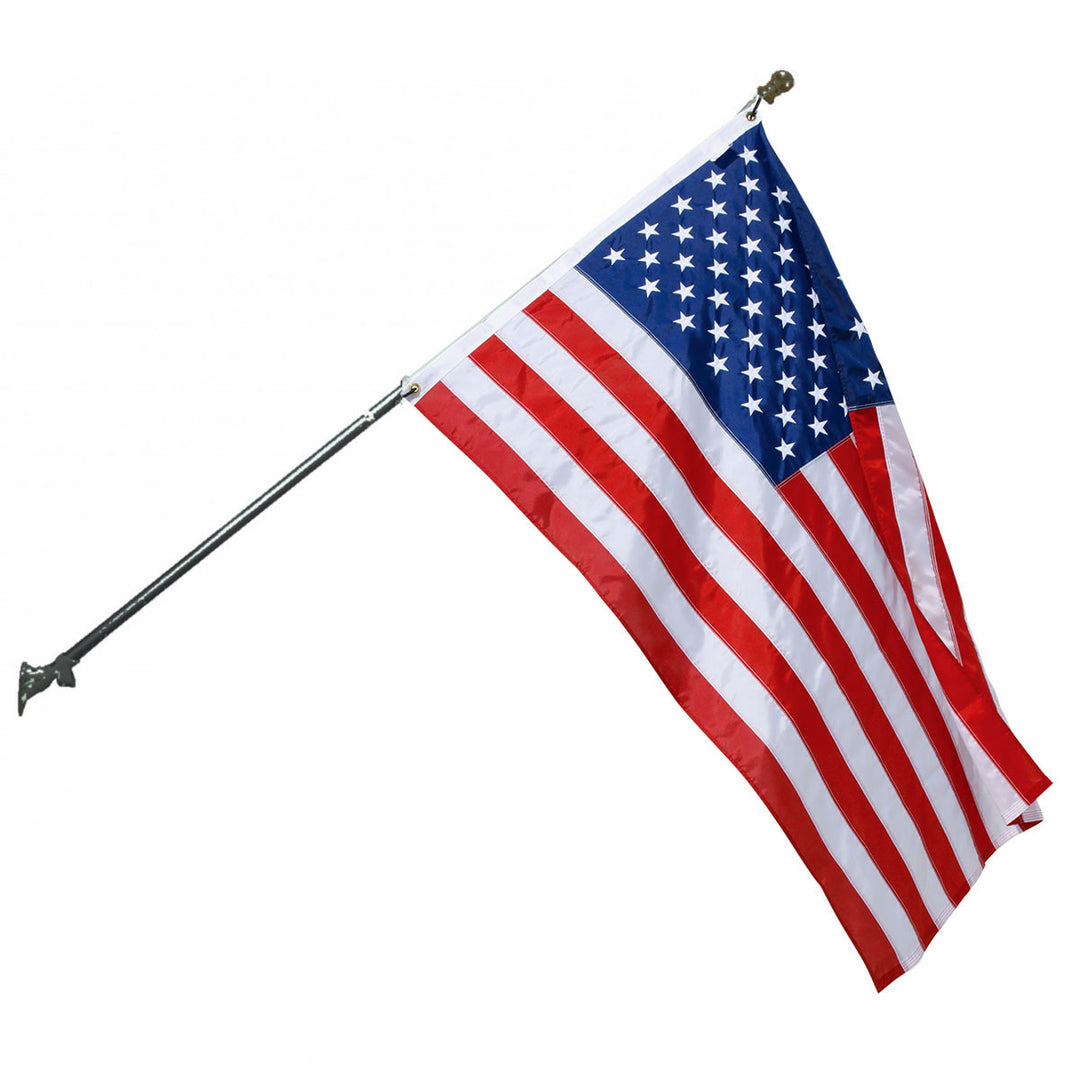

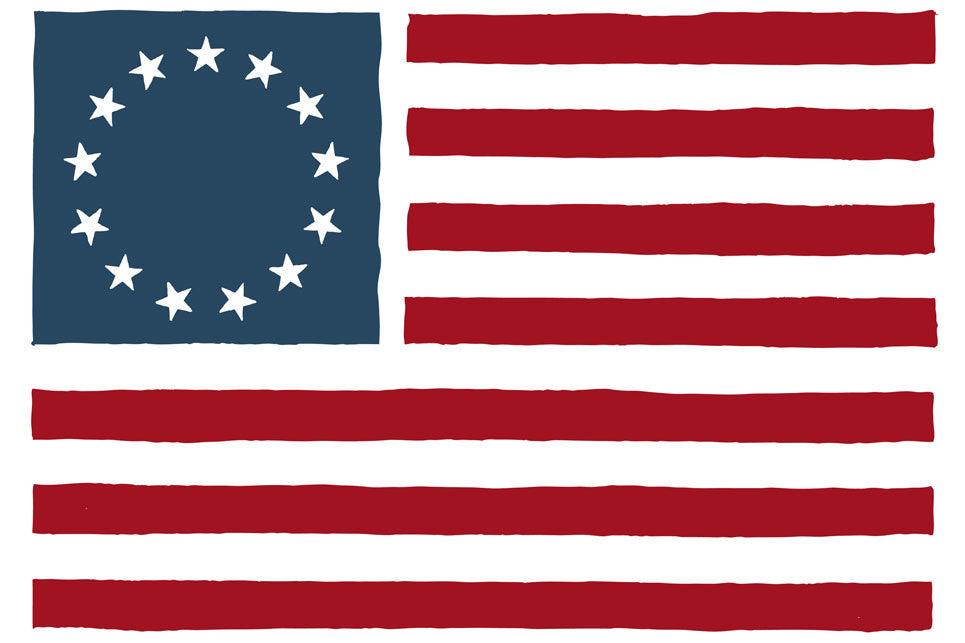

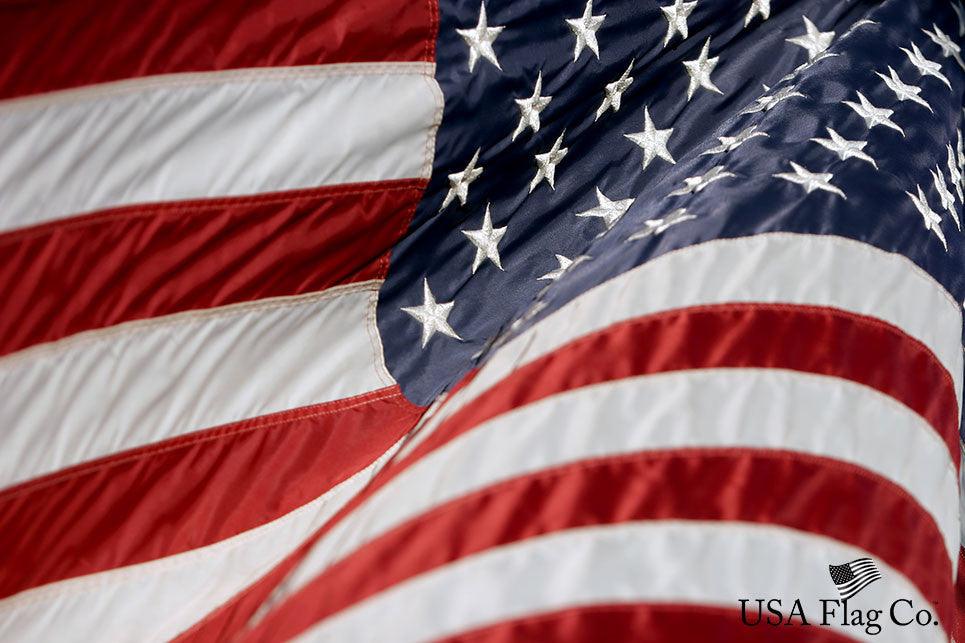
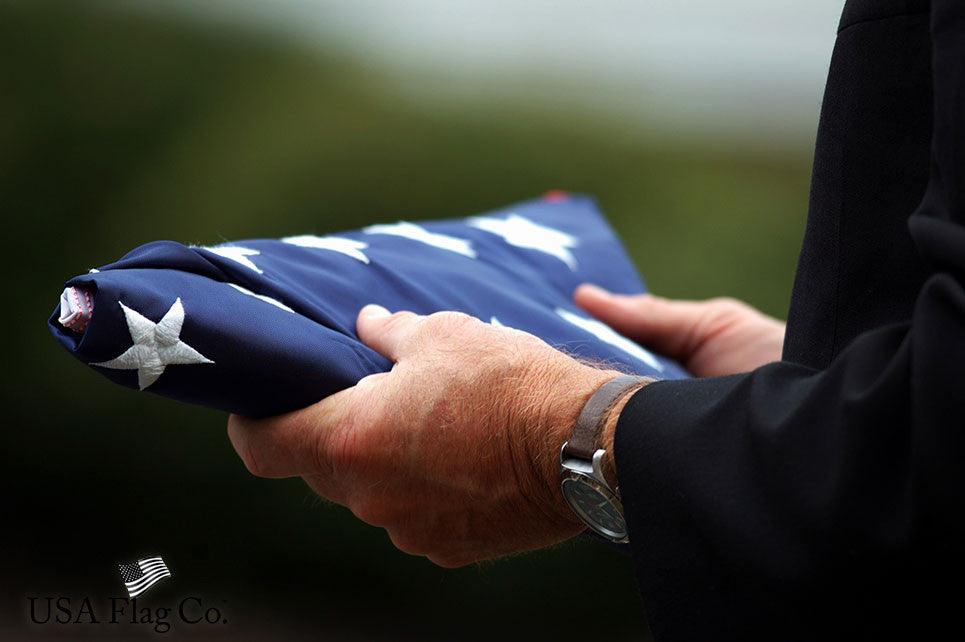




Leave a comment